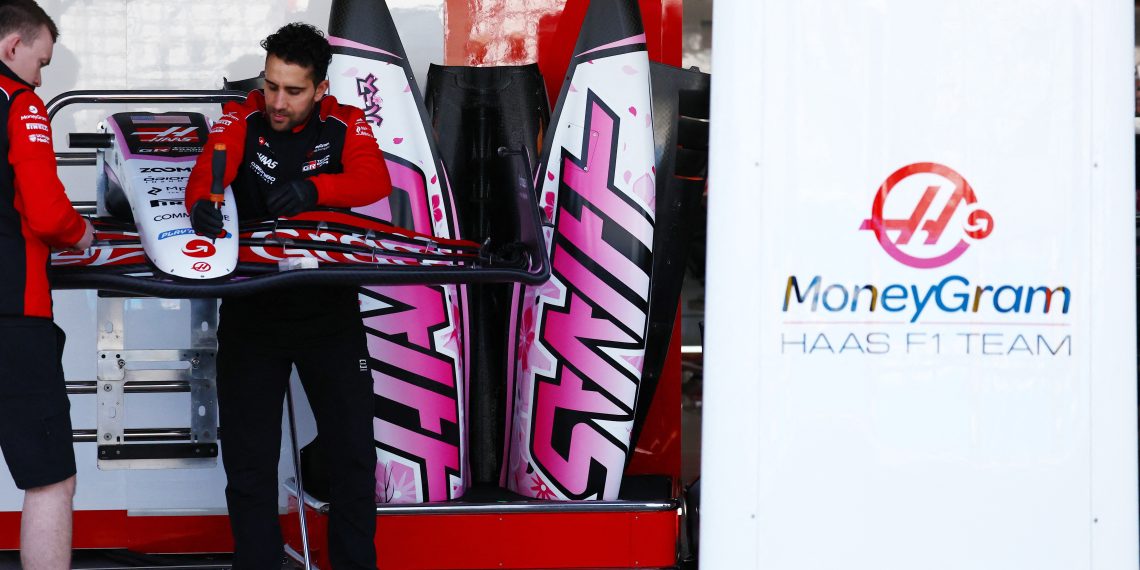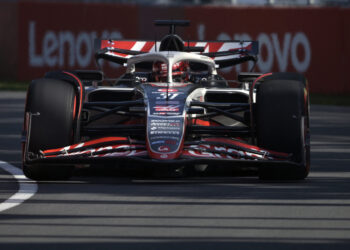Haas F1 Team Takes Drastic Measures to Tackle Aero Issues Ahead of Japanese Grand Prix
In a bold move to address the aero oscillation issues plaguing their VF-25 Formula 1 car since the season opener in Melbourne, Haas has fast-tracked a floor update for the upcoming Japanese Grand Prix. Team principal Ayao Komatsu revealed that the team was struggling with significant aero issues, estimating they were six tenths off the pace during the Melbourne race due to bouncing in high-speed corners.
The team’s struggles were particularly evident in the high-speed Turn 9-10 section, where both drivers found it challenging to maintain speed through the left-right corners at Albert Park. However, a turnaround in performance was witnessed in Shanghai, attributed to the smoother circuit that alleviated the aerodynamic challenges faced in Melbourne.
To prevent a recurrence of their high-speed issues, Haas expedited changes to the car’s floor between the Chinese and Japanese rounds. Komatsu emphasized the importance of the upgrade, highlighting that the team had to take control of the situation by making necessary modifications to the car.
The team’s focus on reducing the floor’s sensitivity is aimed at mitigating the impact of bumpy circuits like Melbourne, where aerodynamic oscillations are harder to manage. The rushed development process involved producing revised floor parts quickly and conducting wind tunnel tests while the parts were being shipped to Japan.
Komatsu expressed cautious optimism about the upgrade’s effectiveness, stating that the true test would come during the first practice session at the Japanese Grand Prix. The team will closely monitor the car’s performance in the initial sector to gauge the impact of the modifications.
The technical challenges faced by Haas are attributed to the stiffness of current-generation F1 cars, which struggle to dampen frequencies induced by road bumps. Unsettled cars entering corners experience hindered aerodynamics, forcing drivers to lift off the throttle to navigate high-speed turns.
Despite the uncertainties surrounding the floor update, Haas remains hopeful that the modifications will address their aero issues and improve performance in the Japanese Grand Prix. The team’s strategic approach to fast-tracking upgrades underscores their commitment to overcoming technical obstacles and competing at the highest level in Formula 1.










